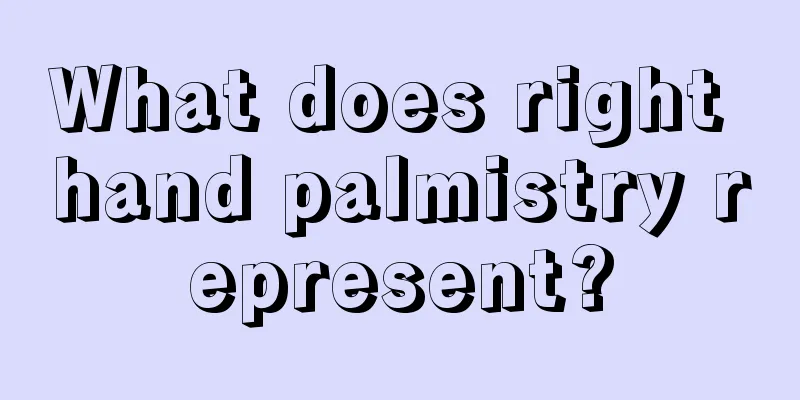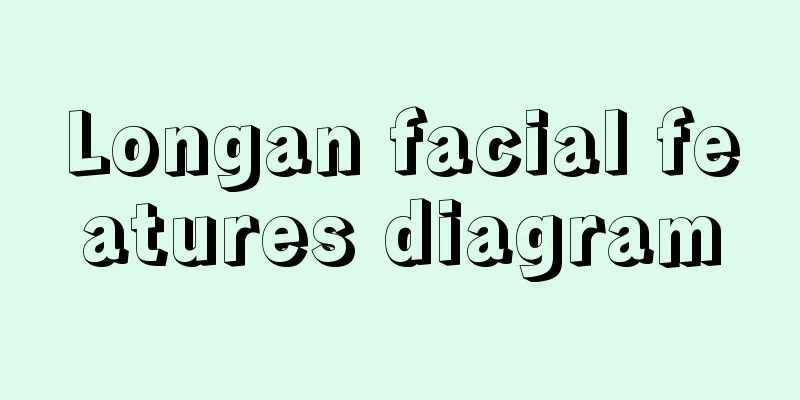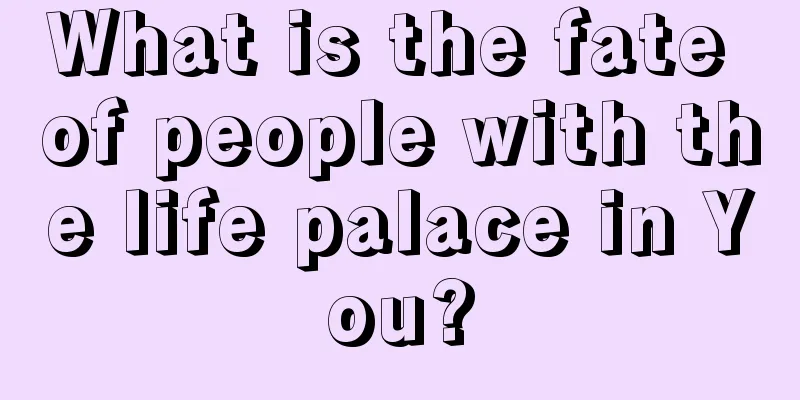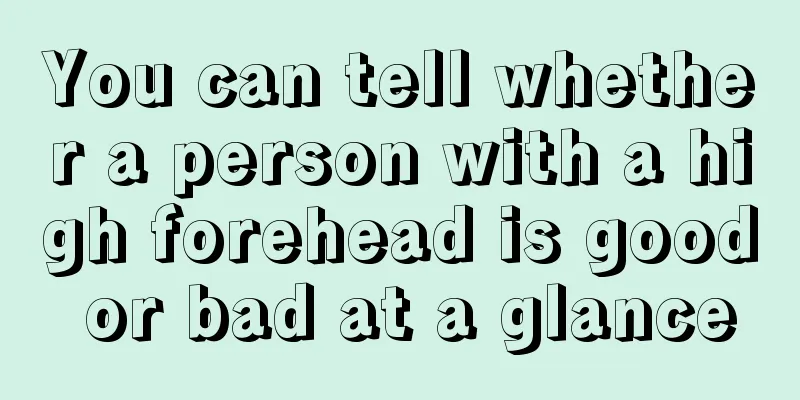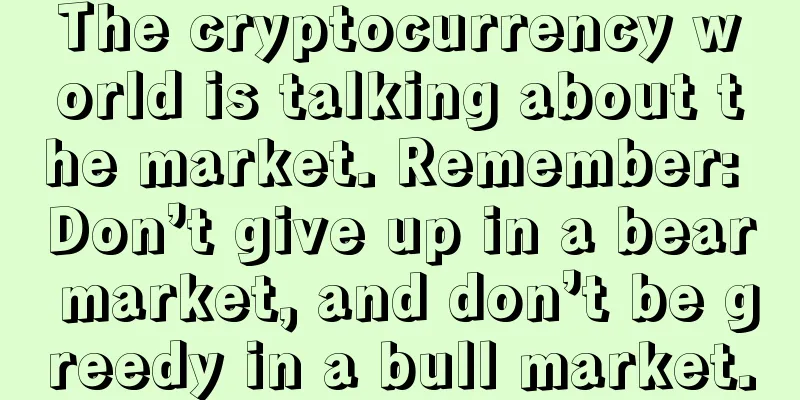Blockchain and welfare payments – a dangerous combination?
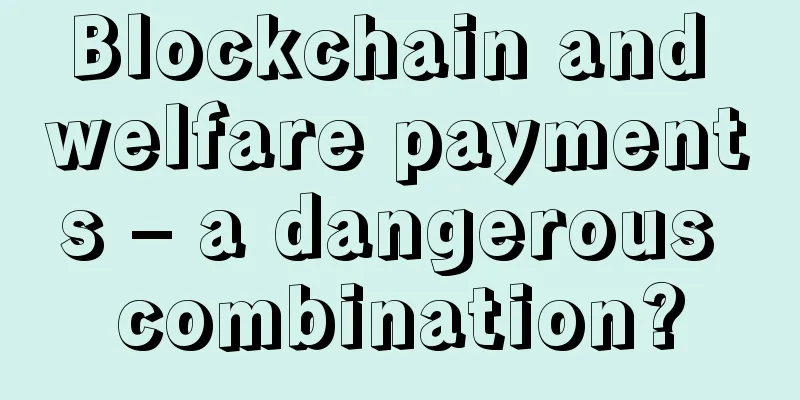
|
Rage Comment : The UK Department for Work and Pensions wants to use the underlying technology of digital currency Bitcoin, blockchain, to privately conduct a bold experiment. Relief recipients will use the application Govcoin provided by the company to track where the relief money goes. However, this experiment has aroused everyone's concerns. Putting very sensitive personal data in a shared ledger, which is open and transparent, is prone to information leakage. At the same time, the data on the ledger can never be changed or deleted, even if the data is incorrect. If this first experiment goes in the wrong direction, the public's trust in blockchain technology will be greatly damaged. Translation: Nicole The British government has privately conducted a bold experiment using blockchain, the technology behind the bitcoin digital currency, which would have been hugely controversial if anyone had noticed. That’s because the experiment involves welfare payments and involves making sensitive data public — or at least that’s what some critics fear. There is a lot of excitement about blockchain technology right now, with countless academic studies and huge investments, all driven by the belief that an ever-expanding and tamper-proof online transaction ledger will be driven by a wider range of applications. Mark Walport Earlier this year, the government’s chief scientific adviser, Mark Walport, wrote a report on blockchain – or distributed ledger technology – expressing confidence in its potential as a “disruptive innovation that could transform the way public and private services are delivered and improve productivity across a range of applications.” He recommended that governments support blockchain experimentation while taking advantage of blockchain’s security and privacy features. Lord Freud Now, the first real experiment is underway, revealed at a conference last week by social welfare minister Lord Freud, without any publicity. The Department for Work and Pensions (DWP) told me that the experiment, which started in May and will last for six months, is designed to examine how blockchain technology can help benefit recipients manage their money. Up to 24 benefit recipients will use the company's app Govcoin to track where their benefit payments are going. But the news has sounded the alarm for those who formulate government blockchain technology policies, who are concerned that the journey of blockchain exploration should not start with welfare payments. One member of the Government Digital Service, who has since left the agency, told me he was shocked that the experiment was allowed to proceed. His biggest concern was the impact of putting very sensitive personal data on a shared ledger, which “from a technical design point of view can never be changed or deleted, even if it is incorrect.” He also has a theory that the experiment - while the bills are a better way for recipients to manage their money - is "a very efficient way for the SWP to limit, audit and control where welfare payments are spent without having to rely on big brother government". He sees a future where governments could use blockchain technology to force people to spend their welfare money, such as pensioners using their pensions for winter fuel allowance on their energy bills. “This is going to be a highly valued political idea and it shouldn’t be hidden behind the hype of blockchain technology,” he said. There are doubts in Whitehall about whether the experiment will be approved, and the chief scientific adviser wants a Cabinet Office committee to review all blockchain ideas coming from different government departments. The Cabinet Office has not yet been set up, but another person familiar with the matter told me that if it were, it would be more difficult to get approval for the DWP experiment. I have taken these criticisms to the Department for Work and Pensions. Any data related to the experiment will be processed by a private company and personal information will be removed before it reaches the Department for Work and Pensions. "There are currently no plans to replace any DWP payment systems," the spokesman said.
There is great enthusiasm for blockchain to improve public services - although it will take some time for this to happen. But the worry is that if this first experiment goes the wrong way, public trust in the technology could be seriously damaged. |
<<: The DAO crisis: Blockchain democracy and internal law enforcement become investors' hope
>>: Legalese gets funding to fix smart contracts
Recommend
Palmistry shows what kind of woman lives a dissolute life
Modern people's perception of lewdness is ver...
The application of Bitcoin blockchain technology in the "Belt and Road"
Author: Liang Haiming , Chief Economist of Zhigu ...
Analysis of the facial features of women with thick mouths
In physiognomy, if a woman's mouth is of equa...
Understanding Chia: Green Bitcoin and the next Filecoin? There are great opportunities and risks
About Chia On March 19, Chia, which calls itself ...
Where are the hanging needle lines? How to resolve the hanging needle lines?
1. Where are the hanging needle patterns? In fact...
Summary of the Filecoin Miners’ Meeting: 100,000 F rewards will be distributed to the top 20 miners
On July 22, the Filecoin miner community telephon...
Former US Treasury Secretary: Strict regulation will benefit cryptocurrencies
On September 26, Larry Summers, former U.S. Treas...
What improvements have been made in IPFS 0.5.0, the largest upgraded version of IPFS?
This article comes from IPFS official blog Compil...
What are some good moles on a man?
1. Mole in the middle of the eyebrow In physiogno...
Which body type can lead a rich life?
The pursuit of a prosperous and wealthy life has ...
Is it good for a man with thick lips to be bad at expressing himself?
There is an old saying that people with thin lips...
What does the criminal in the Sowon case look like? What do criminals usually look like?
Recently, the topic of the appearance of the crim...
What is the love line? What can we see from the love line?
The love line starts from the bottom of the littl...
What is a dragon nose? Is it good to have a dragon nose?
Everyone has a nose, but not everyone's nose ...
Filecoin Mainnet Launch Guide
As crazy as it sounds, there are less than 24 hou...
![[Zhikuang University Q&A] How to calculate the theoretical output of Bitcoin mining?](/upload/images/67e6b1dd11971.webp)


